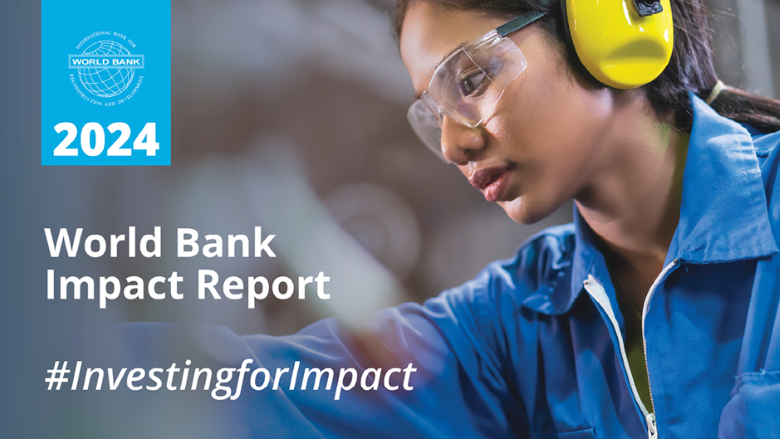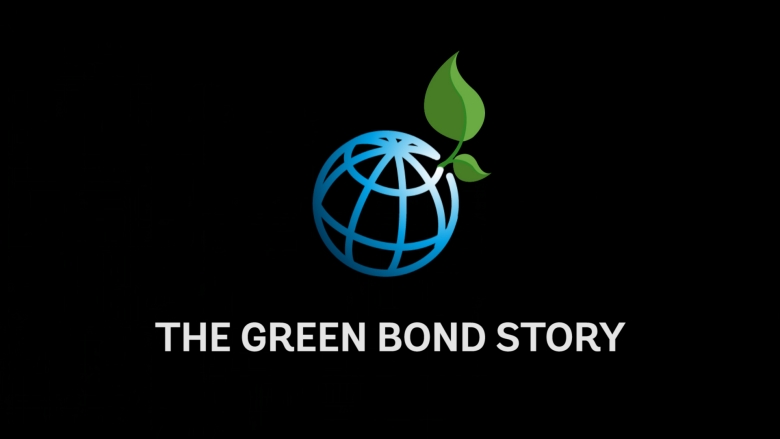For investors, World Bank Green Bonds are an opportunity to invest in climate solutions through a triple-A rated fixed income product. The credit quality of the Green Bonds is the same as for any other World Bank bonds. Repayment of the bond is not linked to the credit or performance of the projects, and investors do not assume the specific project risk. Investors benefit from the AAA/Aaa credit of the World Bank, as well as from the due diligence process of the World Bank for its activities.
What Are Investors Saying?
"IBRD’s effort in moving forward robust impact reporting on its green bond program is impressive. We view this as an important component of our green bond evaluation. Blackrock has been a strong supporter of World Bank Green Bonds in the past, and this pioneering work on reporting standards was a key factor behind our involvement in today's 10-year bond," said Ashley Schulten, Director, Portfolio Manager, Blackrock.
“These investments make sense for the environment and California taxpayers. The return for our pooled money account is outstanding, and we’re financing projects that help make a difference in the fight against global warming,” said Bill Lockyer, former Treasurer for the State of California.
"If established on firm footing, Mirova is convinced that the green and social bond market can become an essential tool for financing solutions to the challenges of sustainable development. IBRD's green bond is of particular interest considering its focus on climate change. We not only appreciate IBRD's green bond for its ability to fight climate change, but also because it features good practices that remain rare in the market. An adequate level of transparency is notably essential for maintaining the value-added of sustainability bonds for investors, which resides in the measure of impact that they offer. IBRD provides a regularly updated report, which allows investors to maintain visibility on the list of financed projects," said Marc Briand, Head of Fixed Income at Mirova.
"The last 7 years collaboration with investors is giving the World Bank a platform to offer investors a possibility to learn about climate challenges and support climate related solutions at the same time as it allows the World Bank to broaden their investor base among institutional investors. From SEB it’s a privilege to be joining this path and we appreciate the insight the World Bank has brought, not only in respect to understanding global challenges but primarily in how we through our partnership can assist in addressing these challenges,” said Christopher Flensborg, Head of ESG & Climate-Financial Solutions at SEB.
List of Select Investors |
Aberdeen Asset Management Achmea ACTIAM (Formerly SNS AM) Adlerbert Research Foundation Aegon Asset Management Affirmative Investment Management (AIM) Alecta Altius Asset Management AMFAMP Capital Amundi AP2, AP3, and AP4 (Swedish National Pension Funds) ATP Australia Local Government Super Australian Ethical Investment Ltd Barclays Treasury BlackRock Breckinridge Capital Advisors Caisse Centrale de Reassurance California State Treasurer’s Office California State Teachers' Retirement System (CalSTRS) Calvert Investments Central Bank of Morocco (Bank Al-Maghrib) Church of Sweden Colonial First State Global AM Daiichi Life Insurance Company Danica Pension Danske Capital Deutsche Asset & Wealth Management Deutsche Bank Treasury Everence Financial (Praxis Impact Bond Fund) FMO (Netherlands Dev. Fin.) Folksam Groupe Mutuelle d'assurance des professionnels de la santé (MACSF) Ikea Group | Invesco LF Liv Maryland State Treasurer Mirova MISTRA MP Pension Natixis Asset Management New York Common Retirement Fund Nikko Asset Management Nippon Life Insurance Pax World Balanced Fund PenSam PFA Pension PGGM Pictet PIMCO QBE Insurance Group Ltd Rathbone Greenbank Sarasin SEB Ethos rantefund / SEB Fonden / SEB TryggLiv Skandia Liv Sonen Standish Mellon Asset Management State of Illinois State Street Global Advisors TCorp Investment Management The Nobel Foundation TIAA-CREF Trillium Asset Management UBS Global Asset Management UN Joint Staff Pension Fund UniSuper WWF-Sweden ZKB (Zürcher Kantonalbank) Zurich Insurance Zwitserleven |


